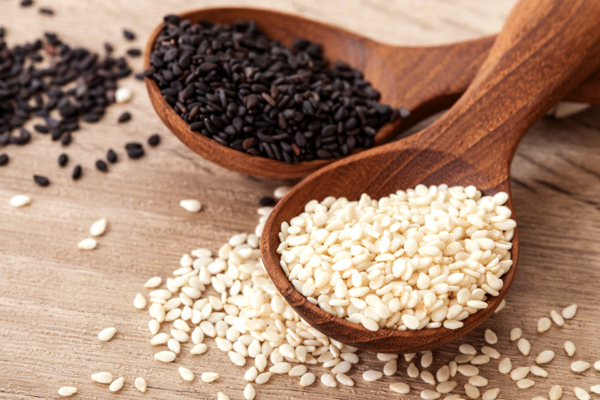 Parler
Parler Gab
Gab
- Digital marketing on platforms like TikTok and Instagram exposes children to ads for ultra-processed foods (high in sugar, salt and fat), contributing to childhood obesity. Many kids don’t realize they're being targeted.
- Studies show that exposure to junk food ads increases children's desire for and consumption of unhealthy food, with influencer marketing having a particularly strong impact.
- High smartphone and social media usage among children worldwide (e.g., 95 percent of U.S. teens, 91 percent of Australian teens) ensures widespread exposure to unhealthy food marketing.
- Voluntary regulations fail to protect kids, as marketers use influencers, interactive content and pandemic-themed strategies to bypass restrictions. WHO calls for stricter government-led policies.
- Researchers advocate for stronger laws, better education to help kids recognize ads and international cooperation to curb harmful marketing practices targeting youth.
The role of influencers and interactive content
The study also revealed that food marketers are increasingly using influencers and interactive content to appeal to young audiences. In Canada, 72 percent of youth ages seven to 16 were exposed to food marketing within 10 minutes of using their favorite social media apps. On the country's most-used websites for children, more than 93 percent of food ads promoted items high in fat, sodium or sugar. The most frequently advertised categories included cakes, cookies and ice cream. The Wuhan coronavirus (COVID-19) pandemic has further influenced food marketing strategies. In New Zealand, 14 of the top 20 unhealthy food and drink brands posted COVID-themed content during the pandemic, using relevant themes to stay visible and influential. Instagram marketing tactics tend to appeal to a younger audience. Meanwhile, Facebook advertisements often include interactive games and apps. The World Health Organization has long warned that food marketing is a public health threat that negatively affects children's food choices and dietary intake. In July 2023, the global health body released a new guideline recommending that countries implement comprehensive mandatory policies to protect children from the marketing of foods and non-alcoholic beverages high in saturated fats, trans fats, free sugars and/or salt. The study reinforces this warning, calling for urgent, government-led reforms to better protect youth online. It also underscores the urgent need for action to address the impact of social media on children's eating habits. The researchers conclude that unhealthy food regulations for children and adolescents have not kept up with the changing digital marketing landscape, particularly with the rise of social media. They argue that the same regulations and approaches that were employed for traditional media sources will not be effective across the digital world. The study authors ultimately call for parents and guardians to advocate for government regulations to better protect children from ultra-processed and other unhealthy food marketing practices. "Children deserve to grow up in an environment that supports their health, not one that constantly encourages them to eat junk food," said senior study author Dr. Cervantee Wild. FightObesity.news has more similar stories. Watch Jefferey Jaxen and Del Bigtree discuss a new study showing that obesity impacts the immune system. This video is from The Highwire with Del Bigtree on Brighteon.com.More related stories:
Coronavirus lockdowns worsen childhood obesity, studies say. Responsible TV and Internet advertising needed to reduce childhood obesity. Are we really making headway with childhood obesity? Sources include: Childrenshealthdefense.org GH.BMJ.com PHC.Ox.ac.uk NPR.org Brighteon.comM.W. Walbert’s “The Coming Battle” traces the evolution of money power in America
By Kevin Hughes // Share
Eating black sesame may slash heart disease risk
By News Editors // Share
STUDY: Less than 10% of plastic comes from recycled materials
By Laura Harris // Share
By Lance D Johnson // Share
Florida sky mystery: Toxic heavy metals and bioengineered particles found in air and food samples
By Finn Heartley // Share
Governments continue to obscure COVID-19 vaccine data amid rising concerns over excess deaths
By patricklewis // Share
Tech giant Microsoft backs EXTINCTION with its support of carbon capture programs
By ramontomeydw // Share
Germany to resume arms exports to Israel despite repeated ceasefire violations
By isabelle // Share










